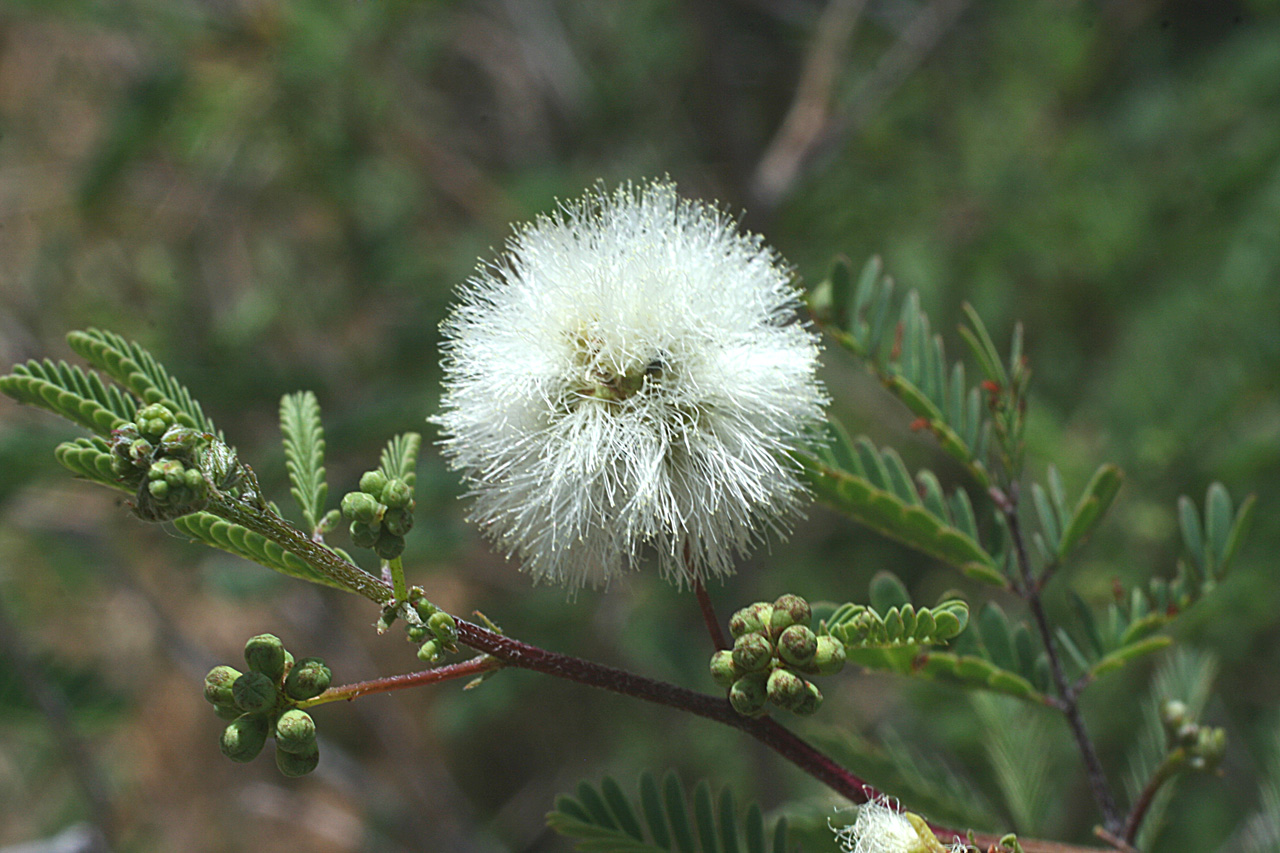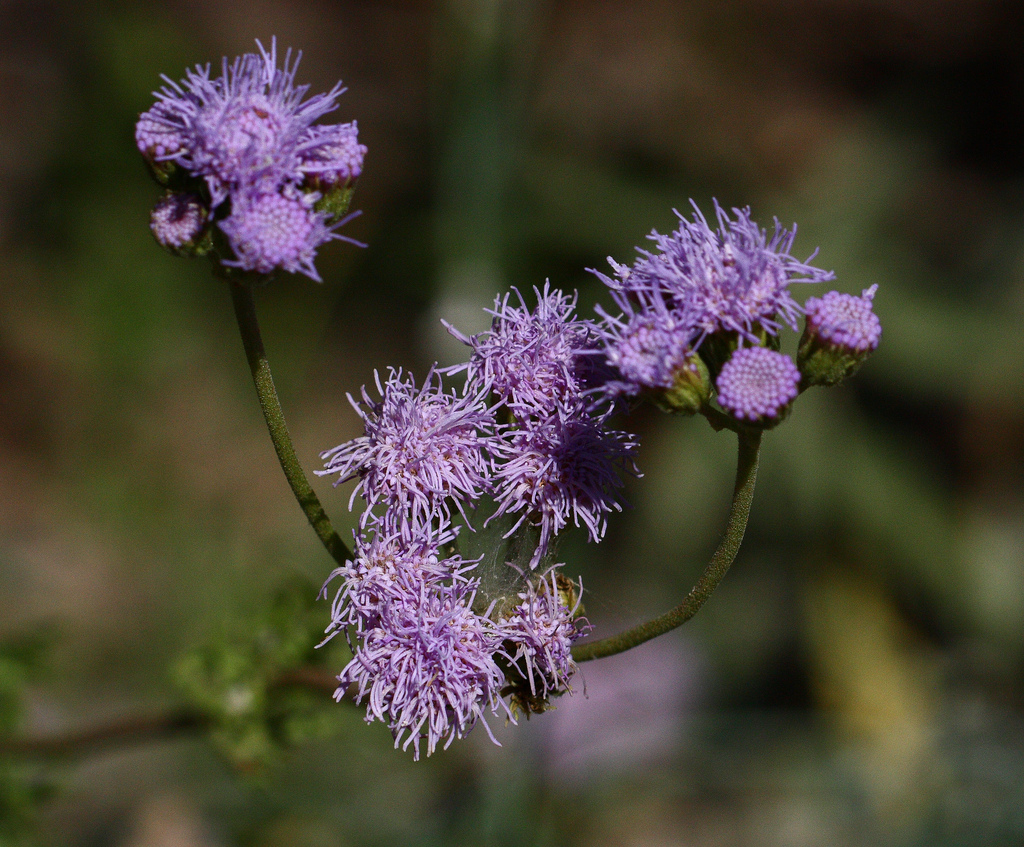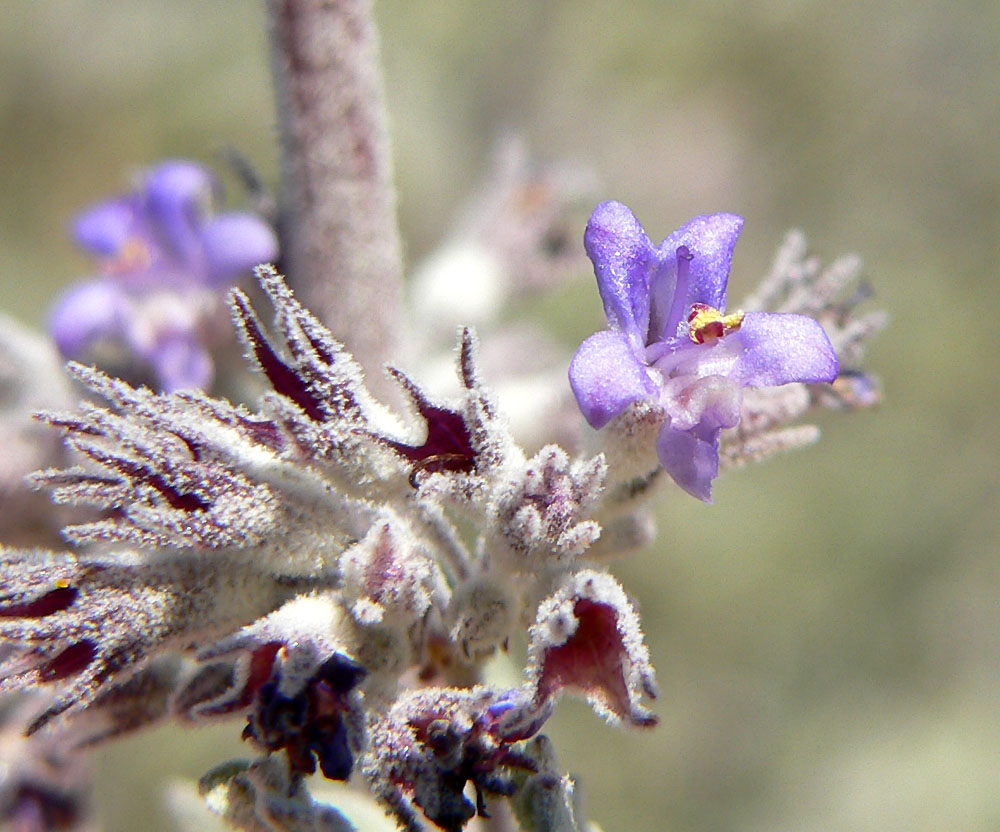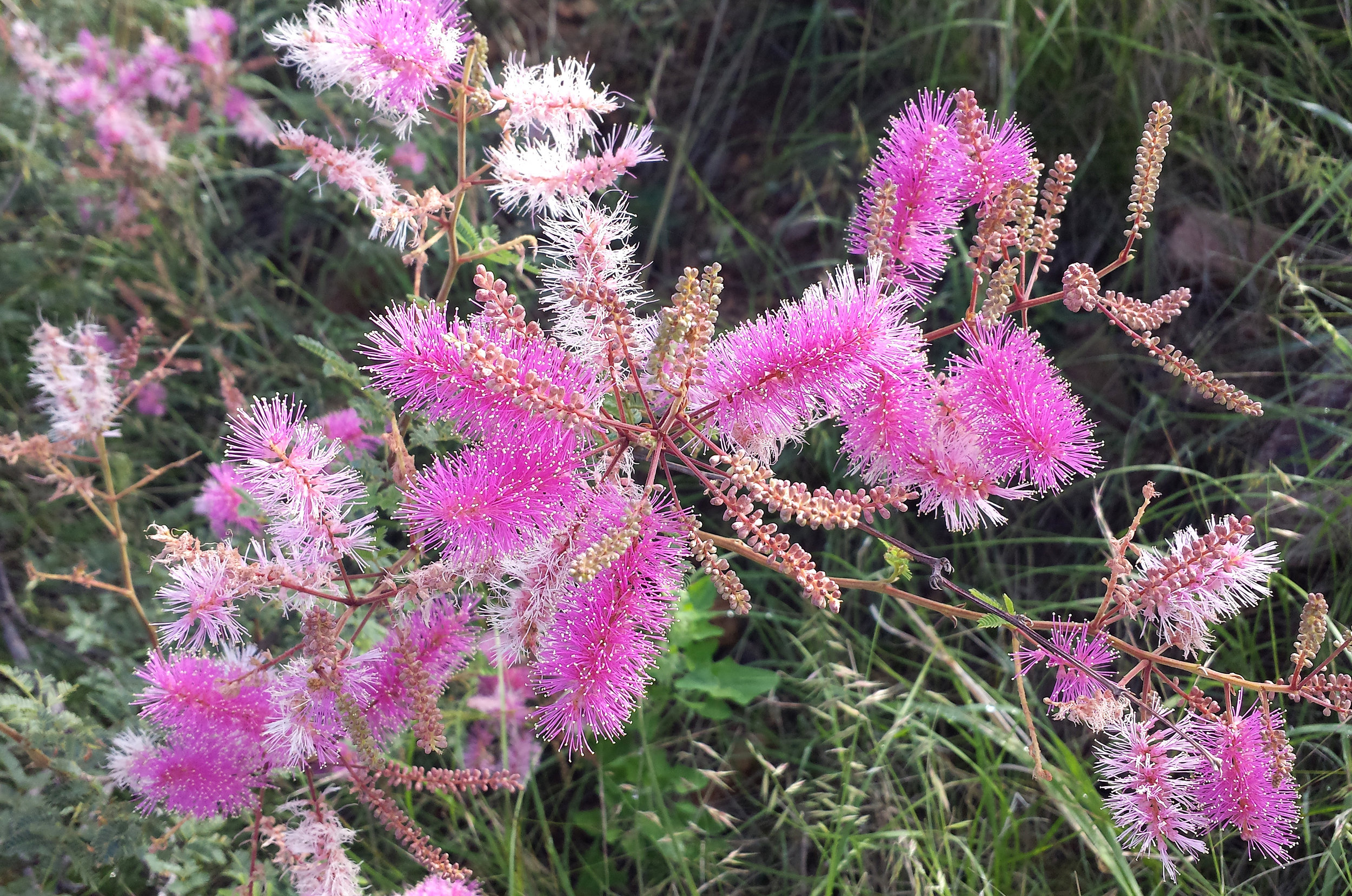Most folks are aware that pollinator numbers are dropping all over the world. This is especially scary for us here in the Sonoran Desert because we're home to the largest and most diverse population of bees in the world. One of the best things we can do for our pollinator buddies is to plant native plants that can provide them with a year-round food source. Below is a list of 12 of our favorite pollinator attracting plants, If you're interested in purchasing any of the plants listed, please visit our friends over at Spadefoot Nursery where they specialize in native plants of the Sonoran Desert!
1. Prairie Acacia - Acaciella angustissima var. suffrutescens
Prairie Acacia, also known as Fern or White-Ball Acacia, is an excellent addition to any pollinator garden because it is known for attracting both bees and butterflies. Unlike other varieties of Prairie Acacia, which can grow quite large, our native variety is more compact, only growing about 3 feet tall. It spreads easily through underground rhizomes and is also thornless, making this an great plant for many applications including erosion control.
2. Fragrant Beebrush - Aloysia gratissima
Beebrush is seriously tough shrub that can handle some of the toughest environmental conditions. A medium to large shrub, it's vanilla scented white flowers attract many pollinators and it's dense foliage creates shelter for small birds and lizards. Over time Beebrush foliage can begin to thin out, so they benefit from a very light pruning every few years which will help to promote a more dense canopy.
3. Queen's Wreath Vine - Antigonon leptopus
Our first vine of the list also just happens to be one of the easiest plants to grow. Like all deciduous vines, Queens Wreath can be used to provide summer shade at just the right time while dying back in the winter to let the light and heat in. Queens Wreath also has edible roots that can be crushed and used as a hair conditioner, pretty cool way to attract the bees if you ask us!
4. Pineneedle Milkweed - Asclepias linaria
Like all milkweeds, Pineneedle Milkweed is a larval host for both the Queen and Monarch butterflies. It's flowers also provide a welcome respite for bees and other flying insects. Pineneedle Milkweed will grow well in any sunny location with well draining soil and it's pine like foliage make it an excellent accent plant for any landscape.
5. Fairyduster - Calliandra eriophylla
One of the toughest little shrubs around, Fairy duster is known to handle some of the driest and hottest growing conditions of any plant on this list. Unlike it's red flowered cousin the Baja Fairyduster, our Native Fairyduster is a much more low-growing, mounding plant, making it an excellent understory option for native pollinator and wildlife gardens. Swallowtail butterflies and hummingbirds are both fond of Fairyduster so be sure to plant a few.
6. Palmleaf Thoroughwort - Conoclinium dissectum
More commonly known as Blue Mist Flower or Gregg's Mistflower, Palmleaf Thoroughwort is one of if not the best butterfly attracting plants available. While known to attract many species of butterfly, Queens are particularly fond of Palmleaf Thoroughwort. Various species of Ageratina or "Snakeroot" plants have similar "mist" like flowers and also make good options for pollinator gardens. If you could only plant one butterfly attracting plant, it should be this one.
7. Rosary Babybonnets - Coursetia glandulosa
With a unique name like "Rosary Babybonnets", it's no wonder this plant is often referred to simply by it's scientific name, Coursetia. Whatever you call it, this plant greets the spring with a profusion of red and white pea shaped blooms in March and April. Carpenter and bumble bees love to visit these blooms while cardinals and pyrrhuloxia love to perch on the tall branches. While not common in landscapes around town, this plant is becoming more and more popular and can usually be found at most native plant nurseries. If you do decide to plant this beautiful shrub, be sure to give it plenty of room because it can grow up to 20 feet tall.
8. Santa Catalina Prairie Clover - Dalea Pulchra
This small to medium evergreen shrub is a common sight in the Santa Catalina Mountain hills north of Tucson. It's distinguished by it's abundance of purple and white flowers that bloom from October to February. Hardy and drought tolerant, it prefers full sun and well draining soils. Host plant for many native butterflies and excellent plant for bees and birds as well.
9. Desert Lavender - Hyptis Emoryi
Desert Lavender is another wonderful multi-purpose shrub that would fit in well with any native landscape. As the name suggests, Desert Lavender has leaves that can be crushed and used to make a flavorful tea and the flowers have a faint smell of honey. It can grow up to 15 feet tall but usually doesn't get that big. It's known to be a favorite plant of many native bees.
10. Velvetpod Mimosa - Mimosa Dysocarpa
A favorite of butterflies, Velvetpod Mimosa is the perfect shrub to add a splash of color to any backyard garden, however you'll want to be mindful of where you place this shrub because some varieties come armed with cat claw like thorns. Velvetpod Mimosa doesn't just attract pollinators, it's also a favorite of birds including quail, who enjoy feeding on the seed.
11. Passionflower Vine - Passiflora spp.
Passionflower are some of the most interesting plants around. Some varieties are carnivorous while others smell strongly of mothballs. There are many passionflower varieties available to the home gardener, and all are larval host plants to various fritilary butterflies. Plants can be stripped entirely over the course of a season and still come back strong the next year.
12. Dessert Senna - Senna Covesii
Desert Senna is a sort of shrub like wildflower that can grow up to 2 feet tall making it another good option as an understory plant in a native wildlife landscape or pollinator garden. It's a perennial, although it is short lived. Desert Senna as well as other native sennas are a favorite food plant of the Cloudless Sulpher (Phoebis sennae) and the young caterpillars can often be seen eating the leaves.











